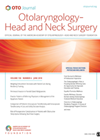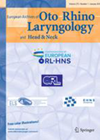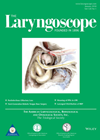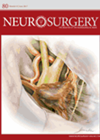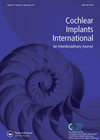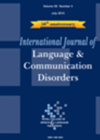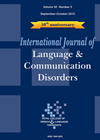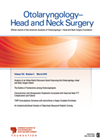
Journal Reviews
What is the prognostic value of lymph node yield and density in head and neck cancer?
Neck dissection in addition to surgery of the primary site is commonly recommended in head and neck cancer treatment. However, there has been no consensus on the number of nodes that need to be removed to constitute a sufficient neck...
Systematic review comparing transoral laser surgery versus open partial laryngeal surgery for advanced laryngeal cancer
The aim of this Italian systematic review was to establish outcomes (local control and survival) of conservative laryngeal surgery for advanced T stage laryngeal cancers. Articles published from 1980 onwards, had at least 10 patients that underwent partial laryngeal surgery...
What is balloon eustachian tuboplasty (BET)?
Eustachian tube dysfunction (ETD) is the result of a combination of factors that interfere with the mucosal functional or cartilaginous structures. Failure to open the eustachian tubes can cause aural pain, pressure in the ears, muffled hearing, crackling/popping sounds in...
Healthcare economics and device approvals
We use several FDA-approved devices in our clinical practice but are rarely aware about the stringent procedures followed by manufacturers, as well as the FDA, before the devices become commercially available. The authors of this paper undertook a comprehensive review...
Cochlear implantation in children with cognitive disabilities
Additional disabilities are frequently encountered in children born with hearing loss or deafness. A study from Denmark attempted to systematically review to what extent hearing-impaired children with cognitive disabilities benefit from cochlear implantation. The authors conducted an extensive search in...
Quality of life measurement tools in children with speech and language difficulties
The authors of this paper reviewed various quality of life measurement tools which are used to assess the effects of speech and language difficulties in children and adolescents. Measuring quality of life outcomes in children with these difficulties is not...
Efficacy of interventions for stuttering: literature review
This is the first part of a two-article review of the efficacy of different modalities of treatments used for treatment of stuttering / stammering. In this article, the authors describe their efforts to identify and quantify evidence on various interventions...
Evidence for balloon eustachian tuboplasty
Balloon eustachian tuboplasty is an emerging intervention aimed at the management of eustachian tube dysfunction (ETD) and its sequelae. The authors acknowledge that ETD is a common but frequently ill-defined problem, with no well-established direct treatment. They performed a systematic...

